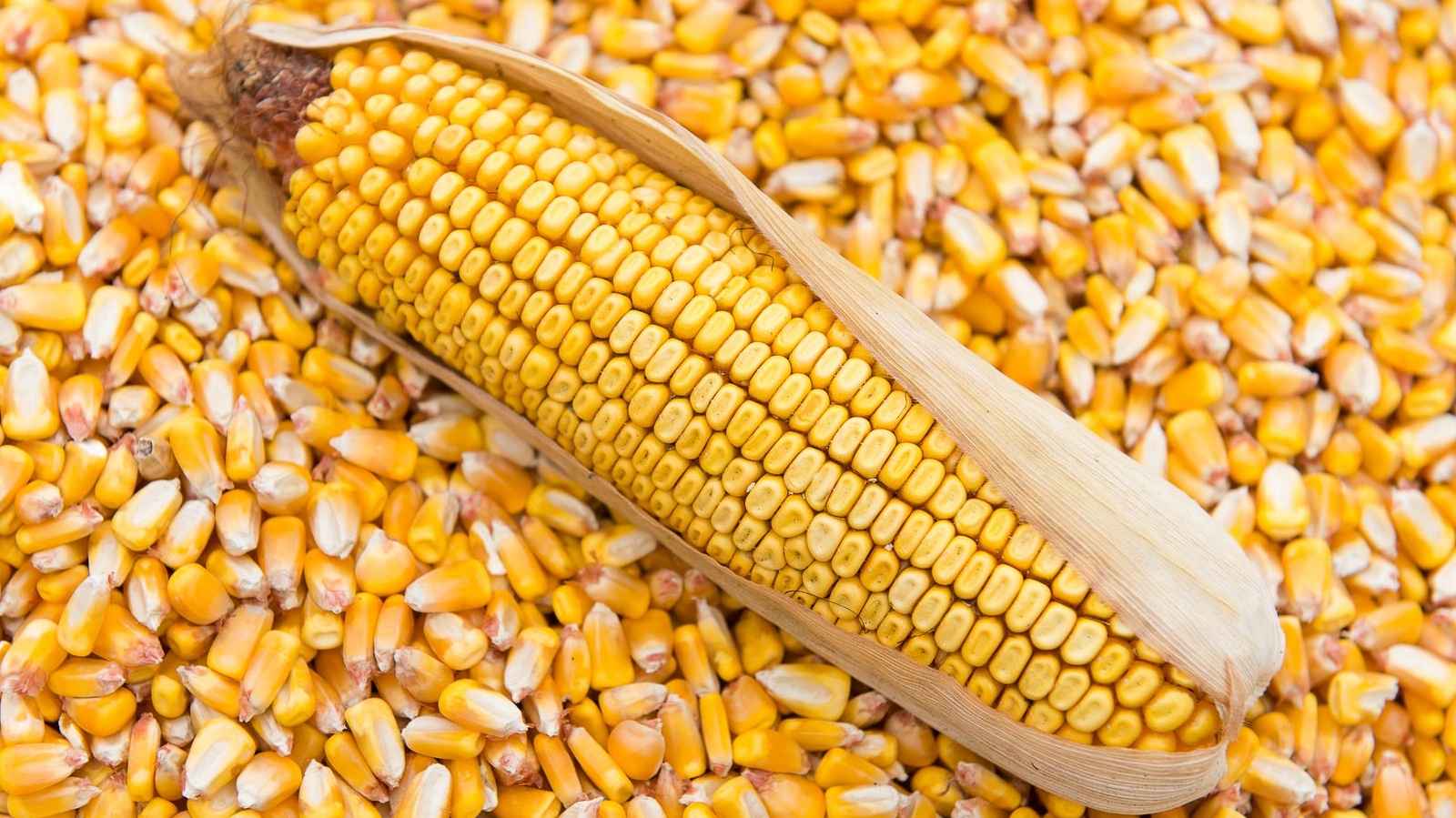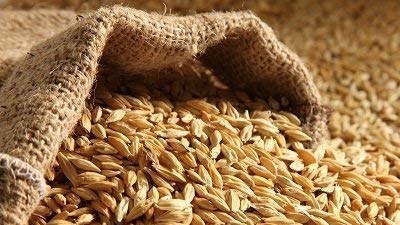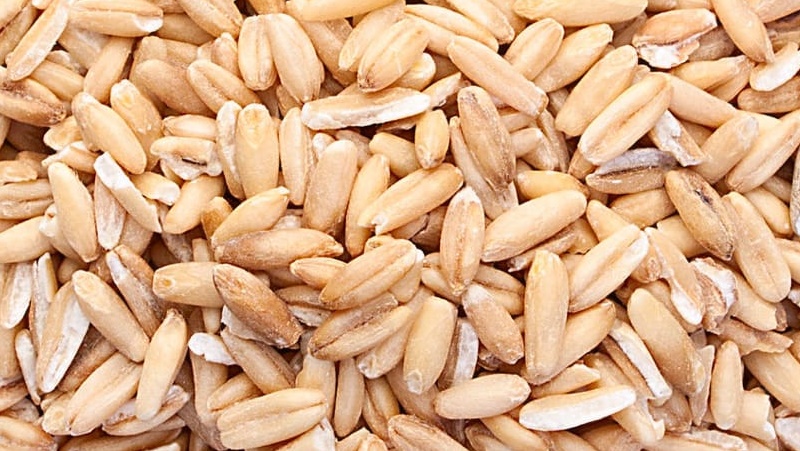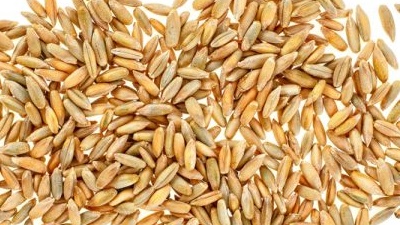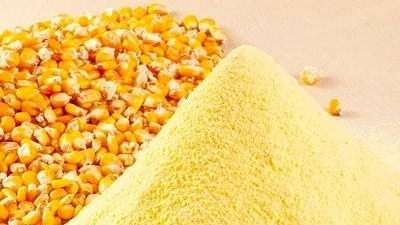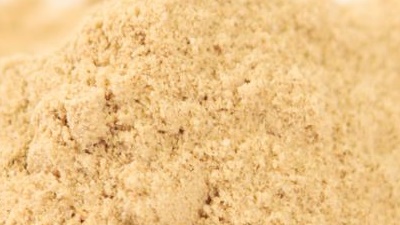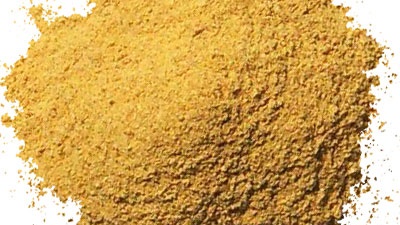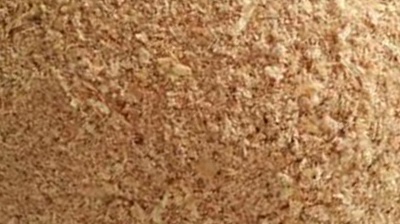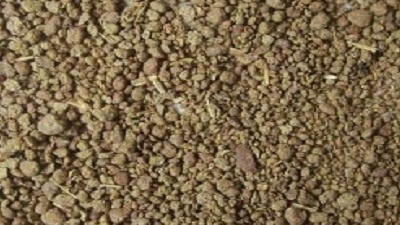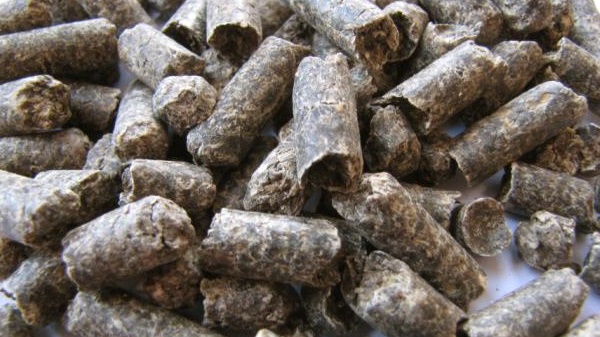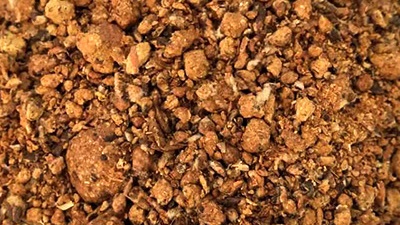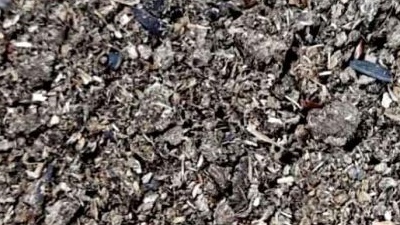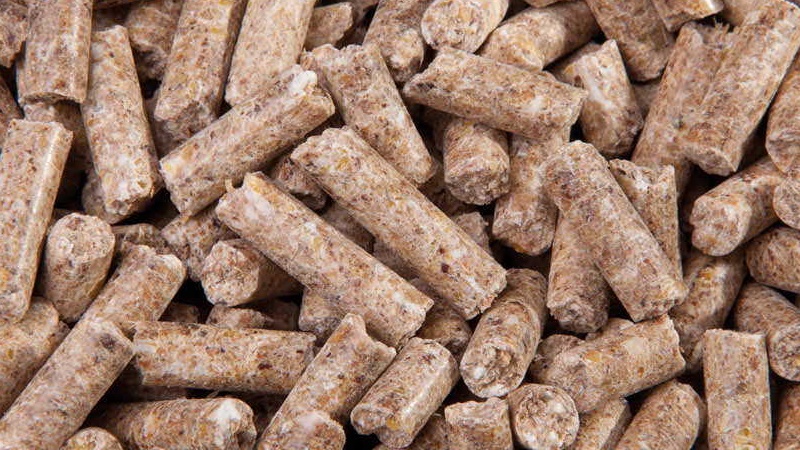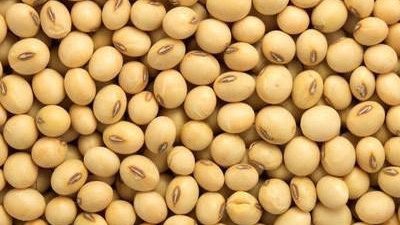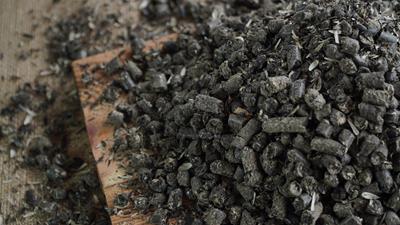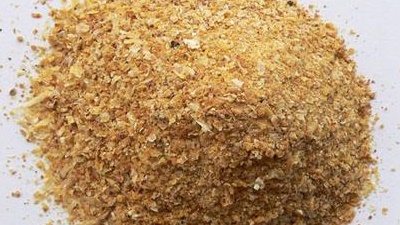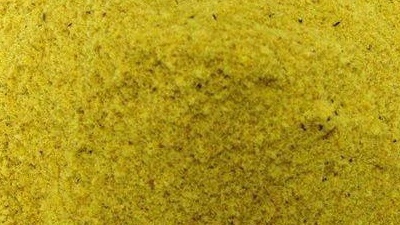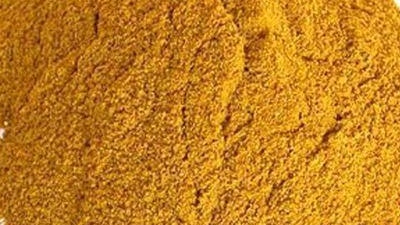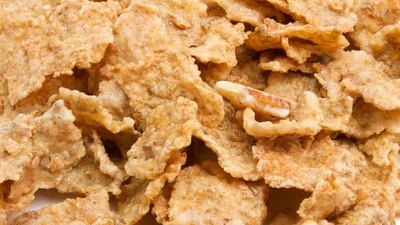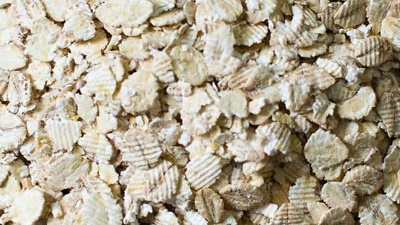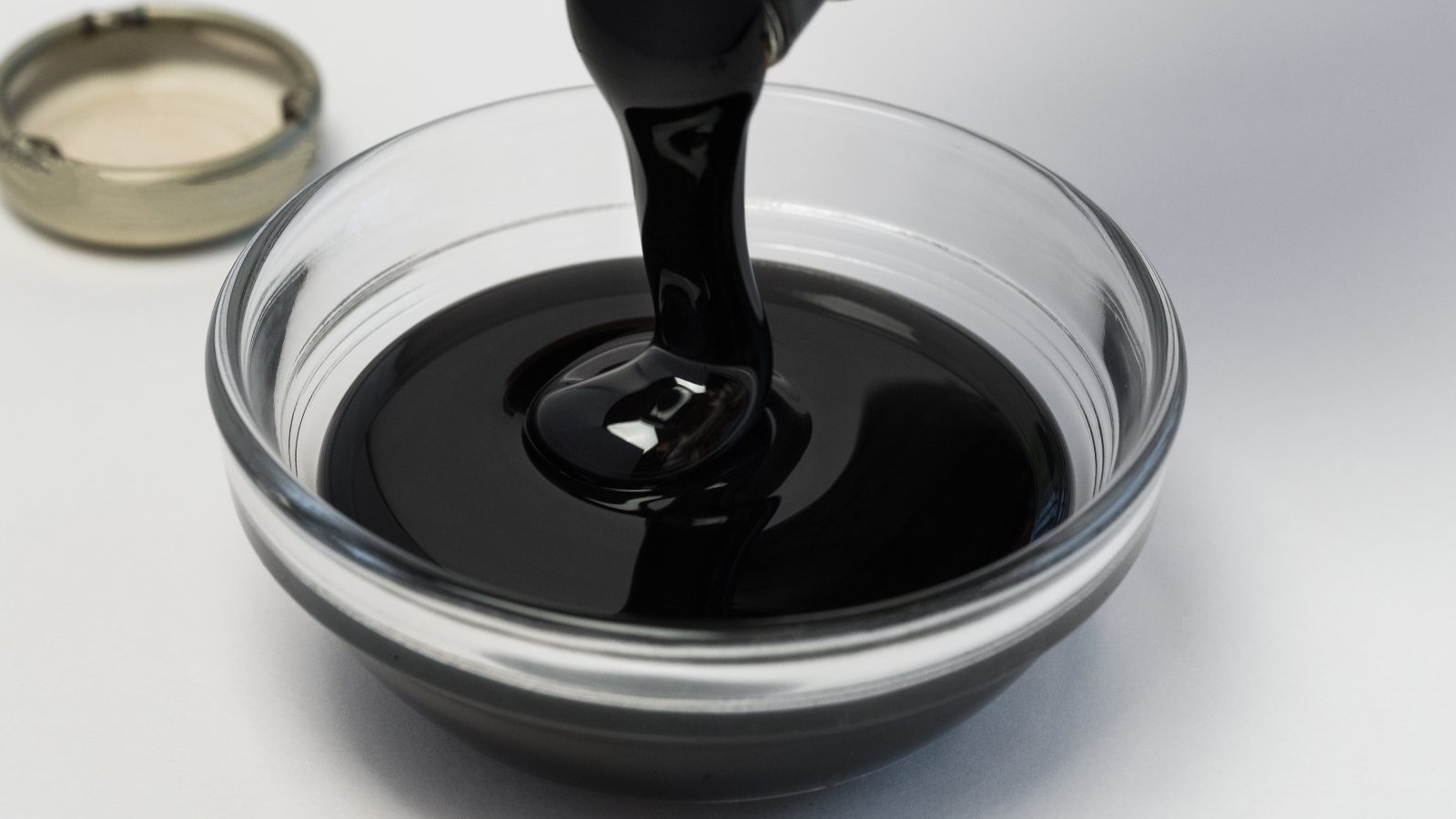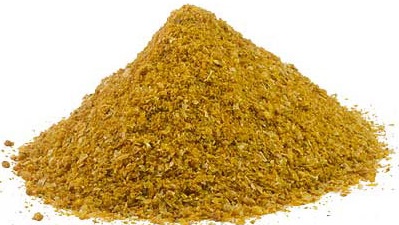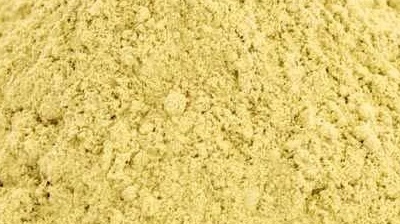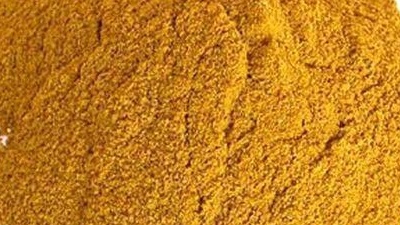Corn
It is an important grain source that is used as raw material in human consumption, animal nutrition and various branches of industry. About Sixty Five- Seventy percent of produced corn in the world is used as animal feed
HOME PRODUCTS
It is an important grain source that is used as raw material in human consumption, animal nutrition and various branches of industry. About Sixty Five- Seventy percent of produced corn in the world is used as animal feed
It is an important cereal plant used as malt and feed from family grasses. Barley is commonly used in breads, soups, stews, and health products, though it is primarily grown as animal fodder and as a source of malt for alcoholic.
Oat is an agricultural plant grown for its abundant starchy grains. This grain, which is mostly used as animal feed, is also used in human nutrition. Oat varieties have been developed according to different climatic and
Wheat is a grass widely cultivated for its seed, a cereal grain which is a worldwide staple food. It is a basic food ingredient used in the flour and feed industry. It contains starch and protein substances, which are necessary
Rye is a winter-hardy annual or biennial grass. Rye, which usually reaches a height of 1-2 meters, is very similar to barley in appearance. Its grains are thinner and longer than wheat, its husks are narrower, and its awns
Soybean meal is a very rich product in terms of protein, which is left behind after removing the oil from soybean grains. It contains fat, calcium, phosphorus and cellulose. Meals are generally referred to and used as a
Corn germ meal is considered a good ingredient for all livestock species. It is a necessary raw material for the feed industry with its nutritional elements such as protein, starch and oil. It is a very variable product
Canola is an oilseed plant that is obtained by grinding the remaining product after extracting the oil from whole canola seeds by solvent extraction method. Canola seed is used in food, livestock and fuel industries.
It is one of the by-products left after the processing of beets to obtain sugar in sugar factories. Beet pulp is a byproduct from the processing of sugar beet which is used as fodder for horses and other livestock.
Cottonseed meal has an important place in animal nutrition among the meal groups. Cottonseed meal is used as feed for all kinds of cattle and sheep. fat and natural vitamins (A, D, E) increase meat and milk yield, and also increase
Sunflower Seed Meal is a by-product of the process of extracting oil from sunflower seeds. It is obtained by grinding the remaining product (pulp) after extracting the oil from whole sunflower seeds by Continuous Press
This feed material, which is old from wheat, oats and rice, is subject to products such as sieving and grinding, and when it is finished, the ends consist of materials such as crumbs and shells. For the same reason, the amount
Corn bran is the part that remains after starch, protein and corn germ are separated during the production of starch from corn by wet milling method. Also known as corn gluten feed. It is a valuable feed raw material and is used
Rice Bran contains the outer part of the rice grain and the remaining parts after polishing during rice production. Nutritional values of Rice Bran vary according to the infrastructure of the processing plant and the type of paddy
Soybeans are one of the most prevalently grown and used oilseeds. Uses range from human foods to animal foods, to industrial products, to ingredients, and to precursor materials. It is rich in phosphorus, calcium
Sunflower seed husk is the part that protects the grain from external factors, as in every plant. Approximately 21-30% of the total weight of the oil sunflower seed is the shell. It is a product obtained by processing the
It has lower protein than other meals such as sunflower meal, cotton meal and soybean meal. However, because of its high fat content and good digestibility, it is in a better state in terms of energy.
Raw soybean is called full fat soybean before oil extraction by extraction. Many processes such as autoclaving, roasting, microlyzing and extruding are applied in the production of full-fat soybeanFull-fat soybean has
Corn gluten is a product obtained after wet processing of corn kernels and is a feed raw material containing high level of bypass protein for ruminant animals. Corn gluten is a valuable source of methionine and also contains high levels of
Corn flake is a product obtained by cooking corn under high pressure with steam and then drying it through a crushing machine. The digestibility is increased by gelatinizing the starch, which is high in corn.
Barley Flake is a product with high starch gelatinization feature. It is widely used in the feeding of cattle and small cattle. It is free from harmful microorganisms since it is subjected to heat treatment in the process. For this reason, it is a product that is
Molasses is a viscous substance resulting from refining sugarcane or sugar beets into sugar. Molasses is in the color and consistency of molasses and shows fluidity according to its dry substance and the amount of sugar in it.
Sunflower is a yellow-flowered agricultural plant grown for its seeds and oil from the daisy family. The oil, which is low acid and yellowish in color, is used for cooking as well as for making margarine, soap and paint.
DDGS is an expression created using the initials of the English (Dried Distillers Grains with Solubles) words. It is the remaining pulp of maize after processing for ethanol production. It contains high amount of energy and
Chicken flour is the product obtained after rendering and drying of the slaughter residue products from poultry slaughterhouses. Generally, the head, feet, intestines and blood of the chicken are used, but from time to time
Corn gluten is a product obtained after wet processing of corn kernels and is a feed raw material containing high level of bypass protein for ruminant animals. Amino acids such as corn gluten, methionine and cystine
